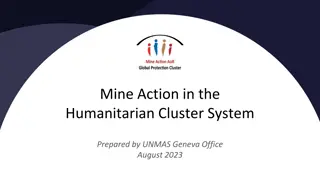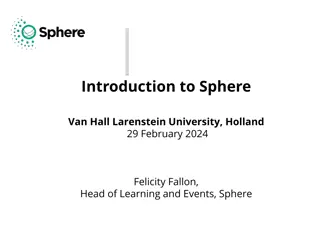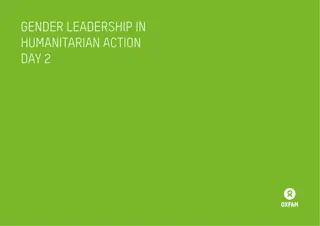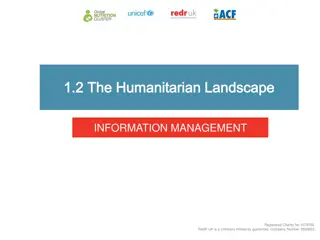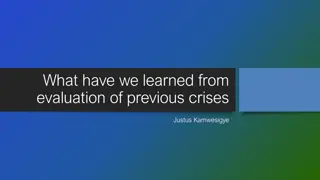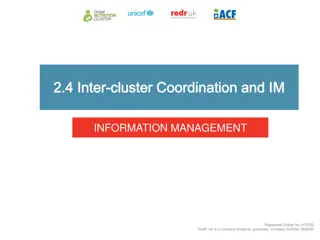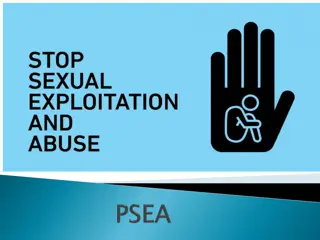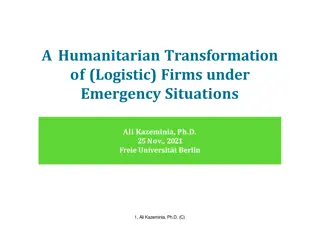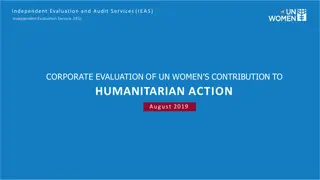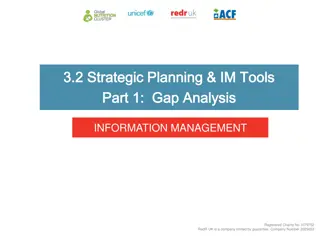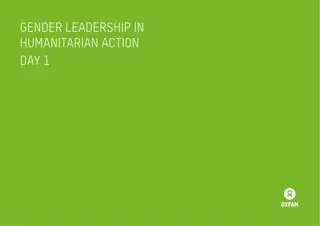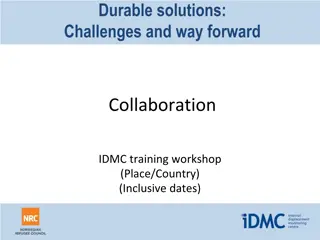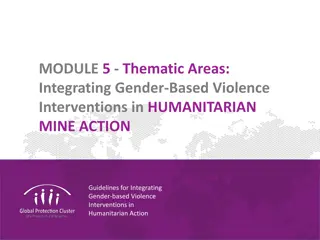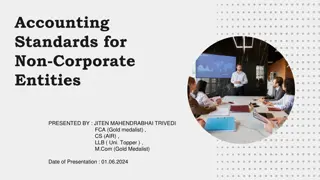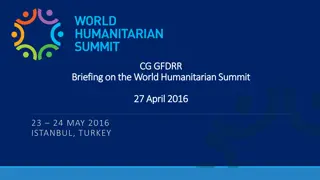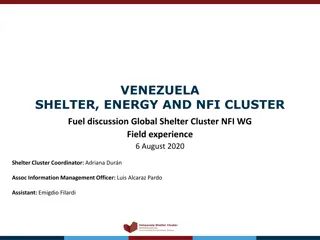Non-State Entities and Humanitarian Practice
Non-state entities, armed or unarmed groups, militias, and paramilitary groups pose challenges to humanitarian efforts. Explore the core principles guiding responses, case studies, and strategies to ensure service delivery amid conflict.
Download Presentation

Please find below an Image/Link to download the presentation.
The content on the website is provided AS IS for your information and personal use only. It may not be sold, licensed, or shared on other websites without obtaining consent from the author.If you encounter any issues during the download, it is possible that the publisher has removed the file from their server.
You are allowed to download the files provided on this website for personal or commercial use, subject to the condition that they are used lawfully. All files are the property of their respective owners.
The content on the website is provided AS IS for your information and personal use only. It may not be sold, licensed, or shared on other websites without obtaining consent from the author.
E N D
Presentation Transcript
Non-state entities? Armed or unarmed groups and militias, guerrillas, gangs and paramilitary groups; or state-like groups (e.g. a self-declared state which is not recognized, or only partially recognized, by the international community;
Core humanitarian principles Do no harm principle Conflict analysis Programme criticality assessment
Case study To avoid the disruption of delivery of essential supplies and services to children and families in both government- and non-government- controlled areas UNICEF and the Global Fund to Fight AIDS, Tuberculosis and Malaria established a partnership for the emergency provision of HIV supplies for adults and children in conflict- affected zones; DIRECT delivery of life-saving ARV medications to ensure uninterrupted ARV treatment for adults and children living with HIV;
DIRECT SERVICE DELIVERY LEGITIMACY (RECOGNITION) ACCESS TO HEALTH STATISTICS


